Arlo Pro 3 vs Blink XT2: which wireless security camera is right for you?
It's the clash of the cameras, as Netgear's Arlo Pro 3 goes head to head with Amazon's Blink XT 2 for the ultimate prize: the chance to help you secure your perimeter
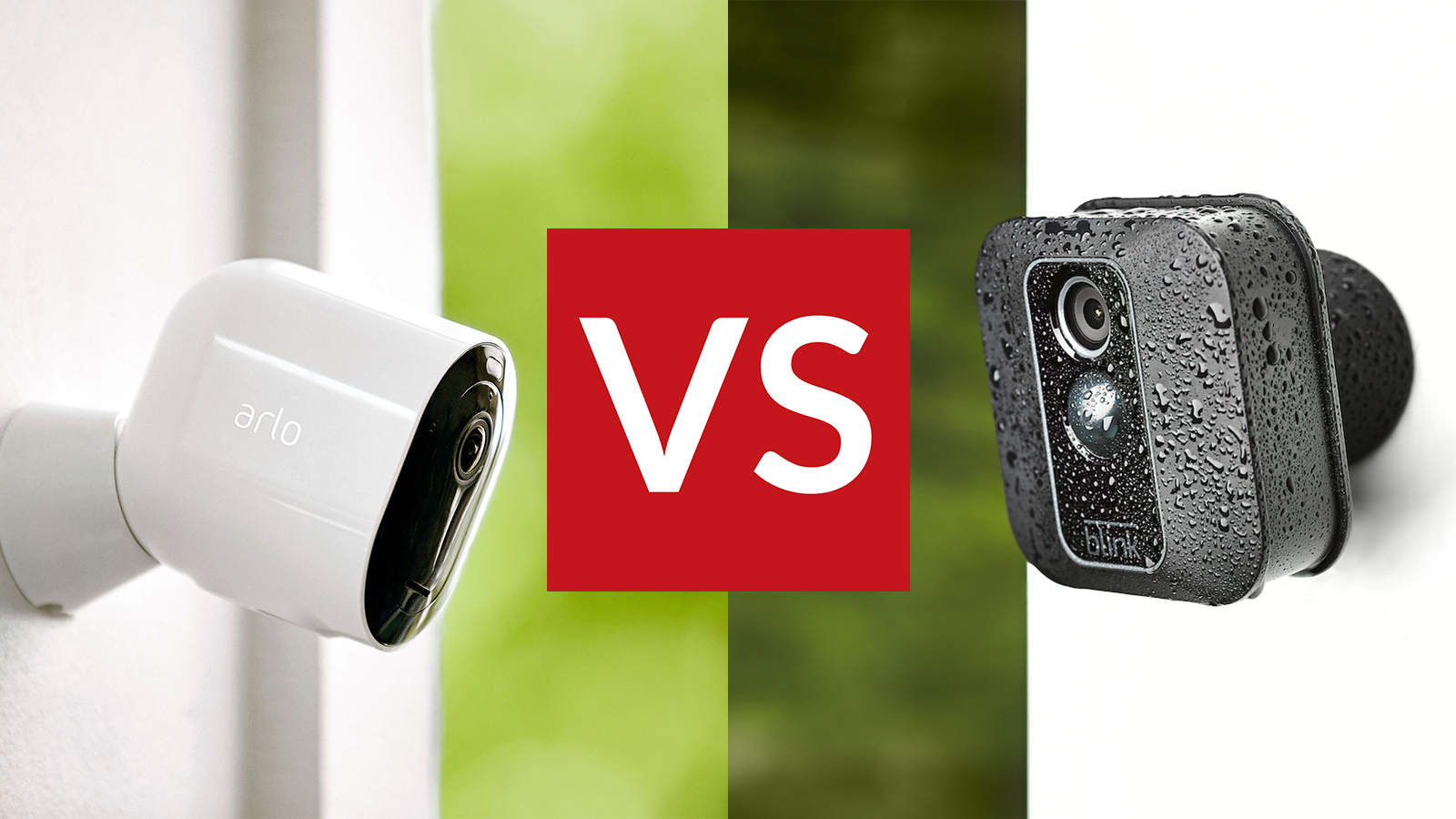
The biggest battle in totally wireless security cameras is Arlo Pro 3 vs Blink XT2. Does the Arlo Pro 3 justify its huge price tag, or is the compact Blink XT2 a better deal overall? That's what we're here to find out. But don't be fooled by their monochrome shells, because this isn't some black-and-white contest.
When you choose a security camera, you're basically locking yourself in to that particular ecosystem, which means making the right choice beforehand is crucial. Blink and Arlo represent two distinct poles of the wireless security cam market, one super high end, and one chuck-it-up cheap.
We're obviously pretty high on the Arlo Pro 3, given that it picked up the Best Smart Security crown in 2020's T3 Awards, and it tops our roundup of the best wireless outdoor security cameras too. The Blink XT2 is no slouch either, easily earning its spot on the same list thanks to its incredible value. But which is the right wireless outdoor security camera for you? Read on, and find out.
- Cover inside and out with the best security cameras full stop
- Here are the best cheap security cameras
- Concentrate on your front door with the best video doorbells
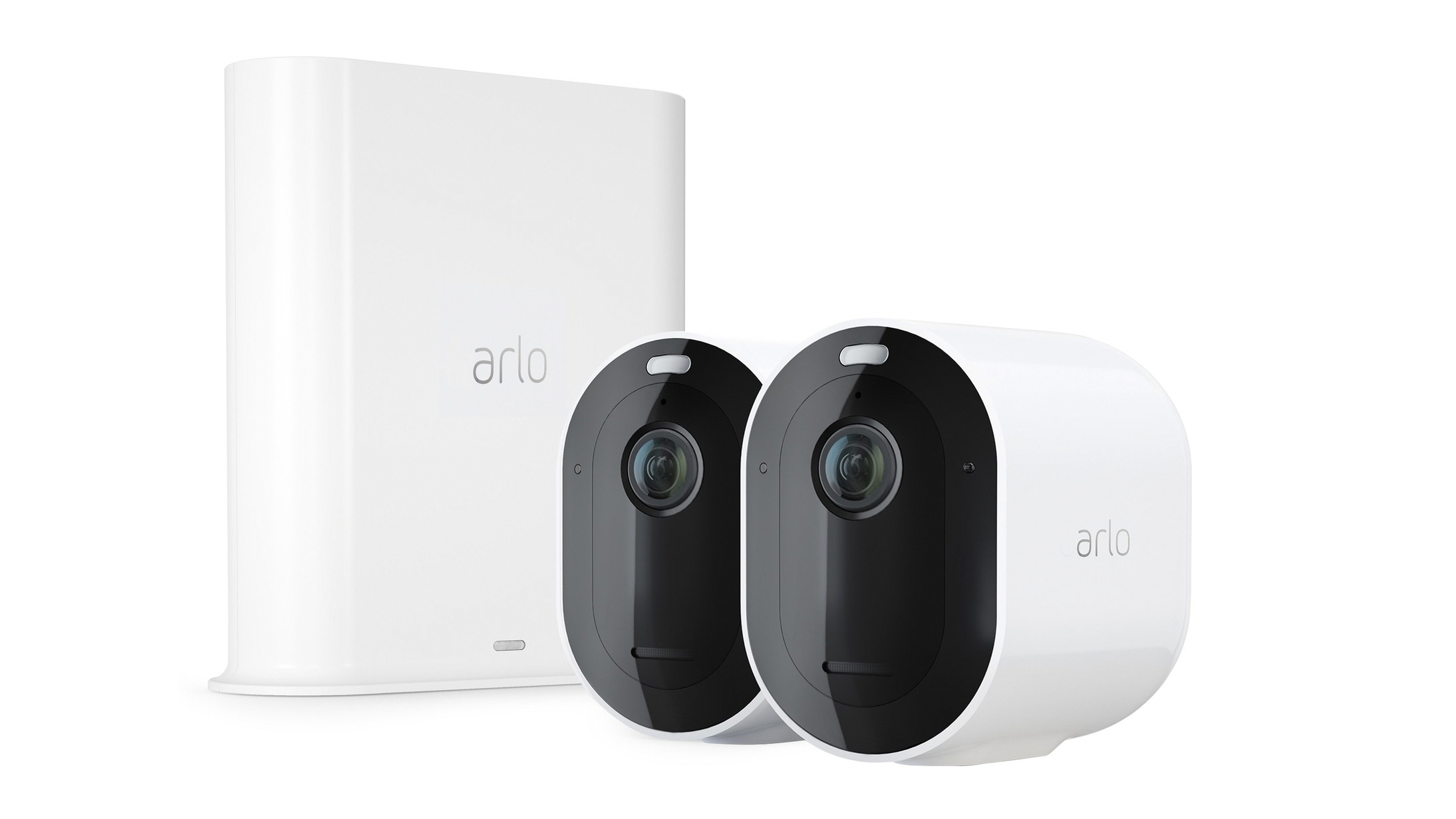
Arlo Pro 3 vs Blink XT2: Price
On the surface, the Blink XT2 looks like a much better deal than the notoriously pricey Arlo Pro 3. Peek underneath, though, and – well, actually, that's still the case. Blink's products are far cheaper. As we write this, a single camera and the required sync module comes in at £75/$75, with an add-on camera without the module costing £10/$10 less.
The Arlo Pro 3 isn't the most expensive camera in the Arlo line (that honour currently belongs to the extravagant Arlo Ultra 4K) but it demands a significant investment to get started. A two-camera kit, including the Arlo SmartHub, will set you back £550/$500 as we write this, with additional cameras coming in at an eye-watering £280/$170 each – depending on where you live, the cost of a basic two-camera Arlo arrangement could net you a five-camera Blink setup.
That's not to mention Blink's indoor cameras, which can expand your security net inside the home for as little as £35 per camera for the wired Blink Mini or £49 for the wireless Blink Indoor, though at this point you probably don't need any more convincing of Blink's power as a value proposition.
Arlo Pro 3 vs Blink XT2: Image quality
Arlo clearly gains a lot of ground back in the vision department, with the Arlo Pro 3 touting a 2K HDR sensor, as opposed to the rather standard 1080p eye of the Blink XT2. Both cameras fudge the numbers a little by employing interpolation, but that's something you can't really avoid, and it's not a huge issue – interpolation or not, the Arlo Pro 3 will certainly allow you to pick out finer details more readily than the Blink XT2, and that extra resolution gives rise to its zoom and track function. This drops the video output resolution to 1080p, but crops in on motion and follows whatever it's detected in the frame.
Get all the latest news, reviews, deals and buying guides on gorgeous tech, home and active products from the T3 experts
While we're not suggesting one Arlo unit can do the same job as two Blink cams, it's worth noting that the Arlo Pro 3 has a wider viewing angle, with a useful 160 degrees compared to the relatively slim 110-degree lens of the XT2, meaning it might just cover those important spots a little better. Arlo also scores a win at night, with a highly impressive colour night vision mode besting Blink's more pedestrian monochrome night vision, and remarkably bright spotlights built into each of its cameras.
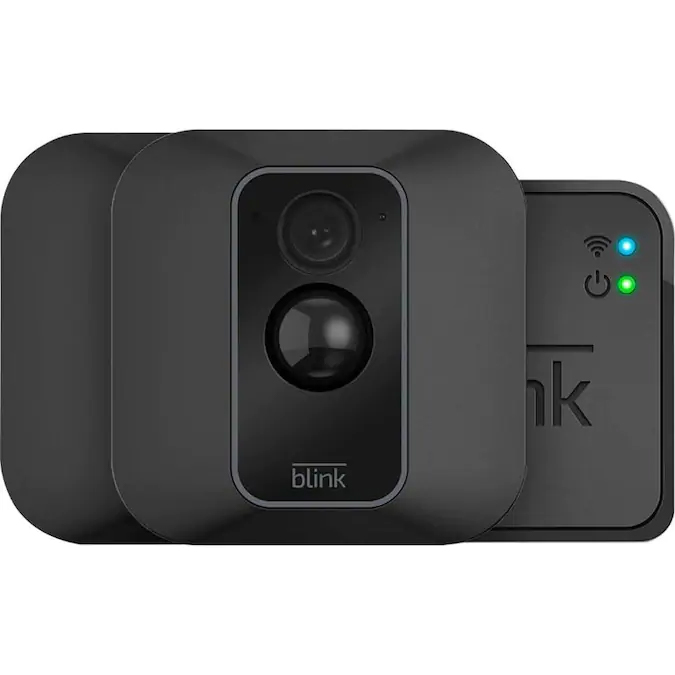
Arlo Pro 3 vs Blink XT2: Detection smarts
Here, again, Arlo scores big. Both camera families use infrared to detect warmer objects, and both can make use of motion zones to determine the areas in their field of view that you're interested in, meaning you can block off the road and avoid notifications when pedestrians or cars pass. The Arlo Pro 3 enables you to go a little further, though: as long as you're subscribed to the Arlo Smart cloud service, it'll be able to analyse video to pick out exactly what it's detected – human, animal, package – and inform you as such.
There's also alarm detection built into the Arlo framework, so it can alert you to a smoke alarm or similar, and (oppositely) there's a siren built in to each of the camera units and the SmartHub too, which can be set to automatically activate if something untoward is detected. All of this can be tweaked to your liking, while Blink's more limited array of detection functions grants somewhat less control.
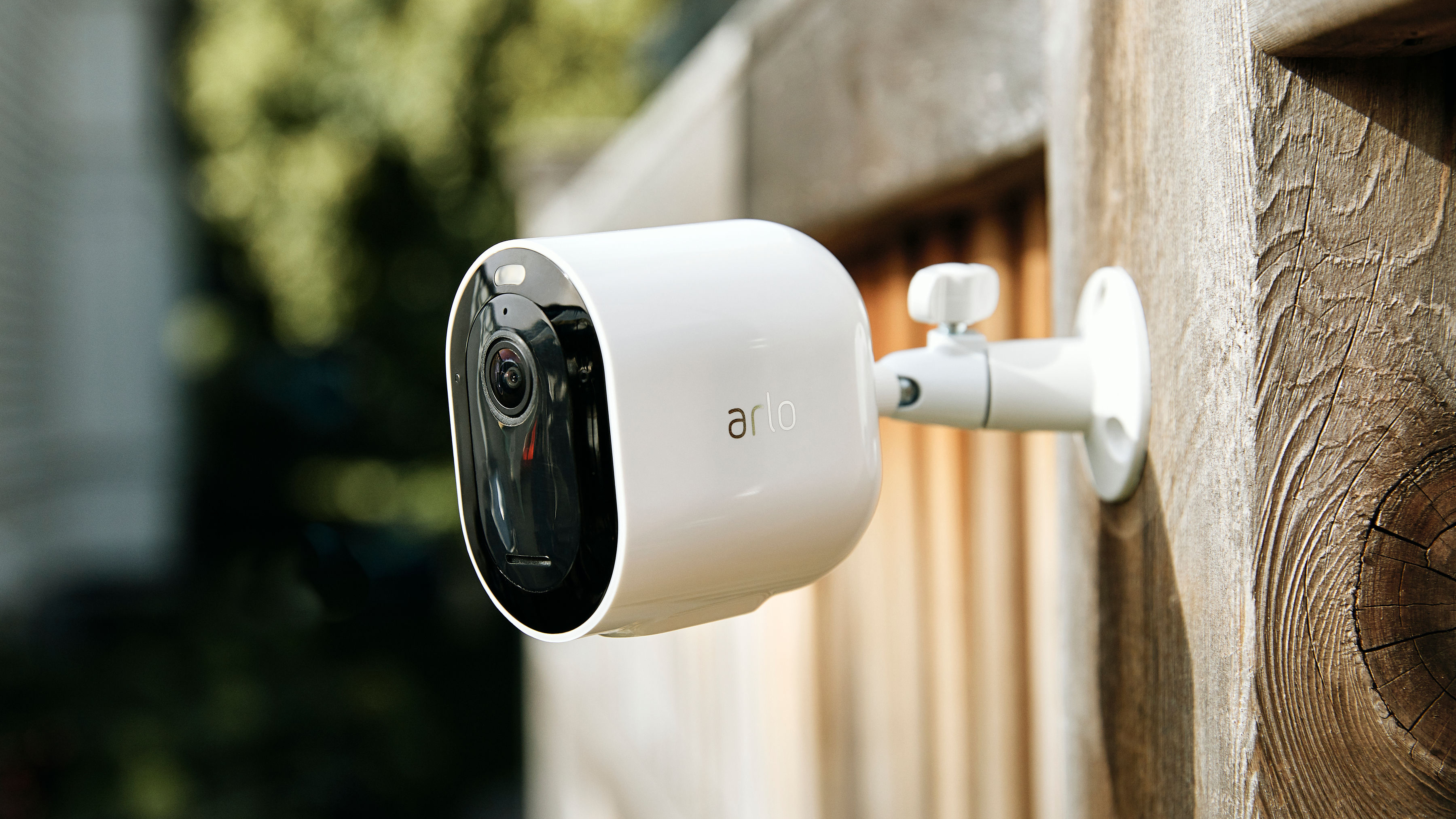
Arlo Pro 3 vs Blink XT2: Storage
Arlo gives you options, certainly. You can store your footage locally, with your choice of USB drive swallowing it up when inserted into the SmartHub, or opt for cloud recording, though this can get a little pricey. You can cut the cost down by putting a single camera online, which gives you rolling 30-day storage of 2K resolution video for £2.49/$2.99 per month, or hook up up to five cameras for £7.99/$9.99 per month. Bear in mind that many of the more advanced features like package detection, motion zones and intelligent alerts are tied to these subscription plans, so they're really required if you want the full feature set.
If you really want to rinse the Arlo Pro 3's battery, you can also opt for a continuous recording plan, though this is more expensive and does not allow you to download captured footage.
Blink offers not as much. Not as much in terms of options – there's no local storage at all, so you're literally tied to the cloud for all of your recordings – and not as much in terms of fees. In fact, there are no ongoing running costs whatsoever: it stores everything online with no subscription, though you'll need to keep an eye on your storage as older footage gets deleted. If you're looking to save a buck, this is the way to go, though do bear in mind that it doesn't include Arlo's advanced niceties.
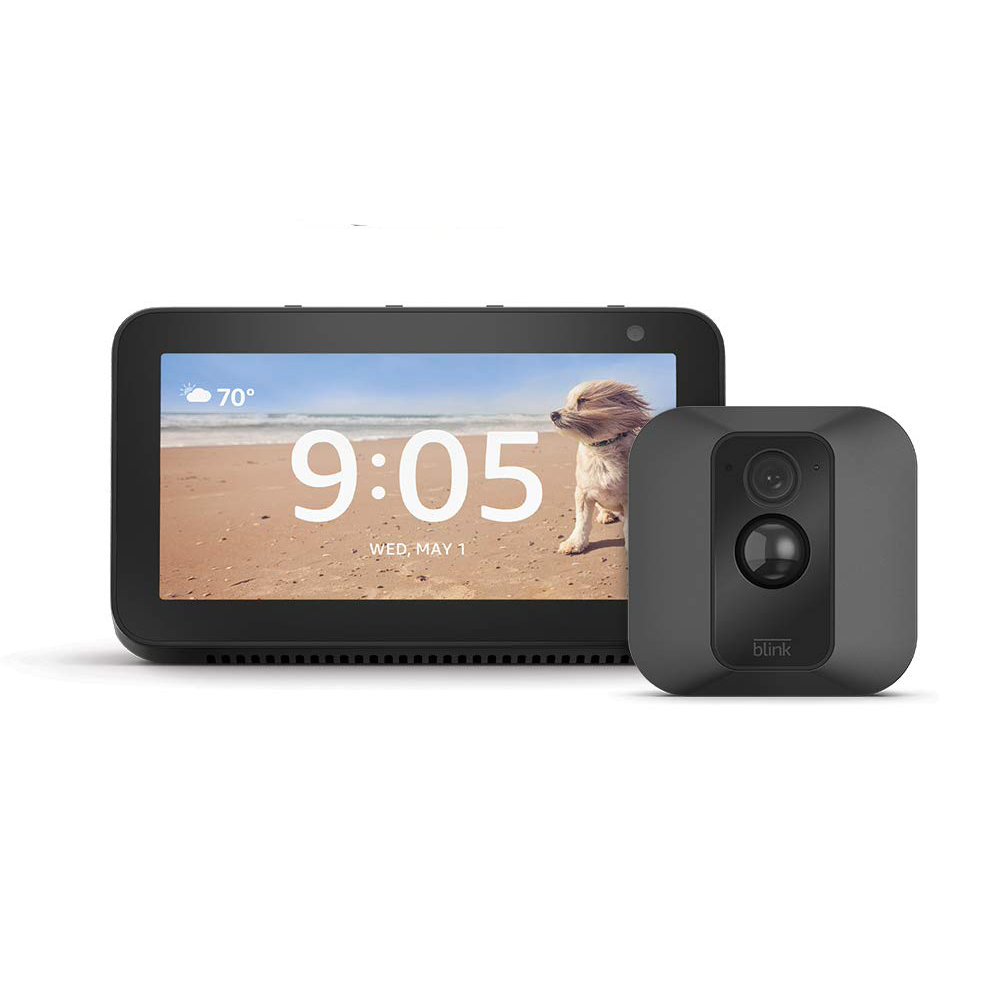
Arlo Pro 3 vs Blink XT2: Battery
While you may not actually get the kind of bananas battery life Blink claims for the XT2 – the company rather hopefully suggests a single camera can power on for two years in ideal use conditions – it unquestionably has a certain amount of staying power. Critically, that's not some proprietary battery we're talking about: the Blink XT2 takes AA batteries. The better the battery, the better the life, but whatever you use you'll just be able to drop in fully-charged batteries off the shelf.
Arlo does use proprietary batteries, and you'll need to buy extras if you want to have one charged up and ready to switch with no downtime. That's a more convenient option than cameras which lock their batteries inside and demand that you charge the entire unit, but it's still not quite as convenient as being able to slap in a couple of AAs and be done with it.
You'll also be up the ladder far more often: in our full Arlo Pro 3 review, we noted that the battery lasted around six weeks on a charge. That's not bad, but it's not (supposedly) two years.
You can charge the battery still in the camera (when mounted magnetically, the Arlo is really easy to just grab) using a custom magnetically-attached cable, and it doesn't take too long to charge at all.
Arlo Pro 3 vs Blink XT2: Verdict
These two cameras share a whole lot of functions. They're both weatherproof, wireless, and flexible enough that they can cover just about any corner. They'll both interact with smart home systems, though Arlo does have the slight edge in that it can work with HomeKit, Google and Alexa, whereas Blink (being owned by Amazon) somewhat predictably sticks to Alexa-compatible devices only.
The real argument isn't really between their capabilities, because it's clear that the Arlo Pro 3 is by far the stronger of the two in terms of image, smarts, motion sensing and all the rest. It's also not an argument of cost, because the Blink XT, with its cheap cameras and minimal running costs, is a clear winner.
It's about what you want. If you want the smartest wireless home security system, you're going to have to pay for it – but you won't be disappointed with an Arlo Pro 3 setup. If you want blanket coverage of your perimeter and don't need much more, Blink XT2 cameras are a perfect choice.

T3 magazine's own Gadget Guru is a 25-year veteran of the tech writing wars, and has the scars to prove it. He's written for the UK's biggest technology publications, and knows everything from smart doorbell voltage needs to how to bend Windows to his every whim.
